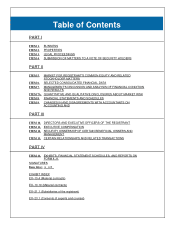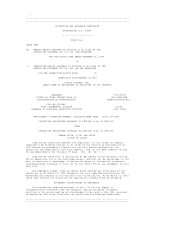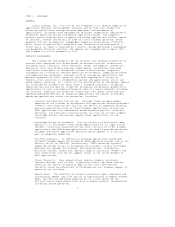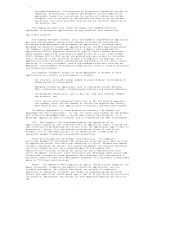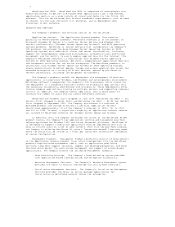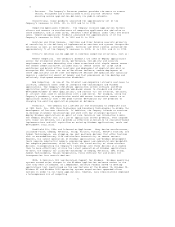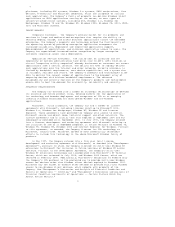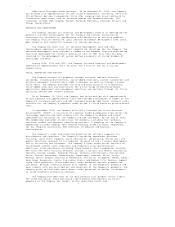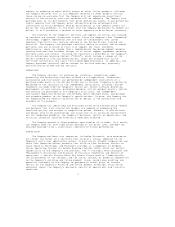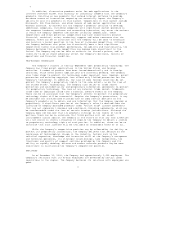Citrix 2000 Annual Report Download - page 4
Download and view the complete annual report
Please find page 4 of the 2000 Citrix annual report below. You can navigate through the pages in the report by either clicking on the pages listed below, or by using the keyword search tool below to find specific information within the annual report. 2
ITEM 1. BUSINESS
GENERAL
Citrix Systems, Inc. ("Citrix" or the "Company") is a leading supplier of
application delivery and management software and services that enable the
effective and efficient enterprise−wide deployment and management of
applications, including those designed for Microsoft Corporation ("Microsoft")
Windows(R) operating systems and UNIX(R) operating systems. The Company's
products permit organizations to deploy and manage applications without regard
to location, network connection, or type of client hardware platform. These
products utilize the Company's Independent Computing Architecture ("ICA(R)"),
which allows an application's graphical user interface to be displayed on a
client while its logic is executed on a server, thereby providing a manageable
and bandwidth−efficient solution. The Company was incorporated in April 1989,
and shipped its initial products in 1991.
INDUSTRY BACKGROUND
New information technologies and the Internet have enabled enterprises to
provide their employees with broad access to business−critical information,
including sales, technical, human resources, vendor and supplier information.
Because of their many diverse end−user requirements, enterprises have made
significant investments in information systems infrastructure, frequently
incorporating a variety of software operating environments, computing platforms
and communications protocols. Business−critical enterprise applications and
personal productivity tools typically have been supplied by a variety of
vendors, often resulting in incompatible systems and applications within and
among company locations. As a result of this proliferation of technology, demand
has increased for systems that offer users a standard interface, transparent
communications and the ability to deliver enterprise and personal productivity
applications to local and remote enterprise users via secure networks including
the Internet. Companies are faced with significant challenges associated with
speeding web−based delivery of corporate applications and content or broadly
deploying applications across the enterprise, including:
− Internet and eBusiness Initiatives. Although there has been global
adoption of the Internet by enterprises and application service providers
("ASPs"), many organizations may lack the ability to aggregate existing
business applications such as 32−bit Windows applications or existing
UNIX applications into web−browser based corporate portals, intranets,
extranets, and e−business infrastructures that may not natively support
these applications and securely deploy these applications via the
Internet.
− Mixed Application Environments. The vast majority of businesses today
operate in an environment where mixed applications of all types may be
resident. Since many organizations may have a mixture of 32−bit Windows
applications and UNIX−based applications, the need to provide consistent,
managed, and secure application delivery and management is a critical
part of corporate computing.
− Platform Diversity. In addition to managing applications based upon
Microsoft Windows operating systems or UNIX operating systems such as Sun
Solaris, HP−UX, or IBM−AIX, (collectively, "UNIX Operating Systems")
computing systems within an enterprise may include a variety of Windows
desktops and laptops, DOS systems, UNIX workstations, X−Terminals,
Macintosh systems, Pocket PCs, personal digital assistants ("PDAs") and
OS/2 workstations that do not support access to the native Windows or
UNIX applications.
− Client Diversity. Many organizations require simpler, relatively
low−cost devices, such as PDAs, information kiosks and fixed function
terminals for certain enterprise applications, but these devices
currently cannot be effectively utilized because full Windows support is
generally not available.
− Remote Users. The diversity of network connection types, protocols and
transmission speeds limit the ability of organizations to deploy Windows,
UNIX, Java(TM) and web−based applications on a cost−effective and
efficient basis among remote users such as mobile workers, telecommuters
and branch office personnel.
2


